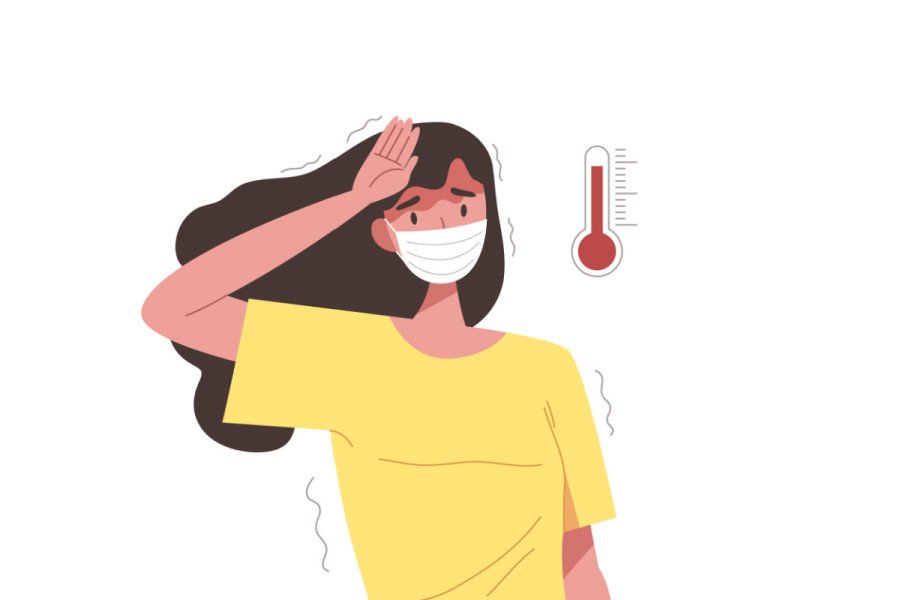Enterovirus 68 (EV-D68) has emerged as a significant health concern in recent years, particularly for children and individuals with weakened immune systems. This virus, which primarily affects the respiratory system, has been linked to severe respiratory illnesses and, in some cases, neurological complications. In this article, we will explore the nature of Enterovirus 68, its symptoms, transmission, and preventive measures, offering valuable insights for maintaining respiratory health.
What is Enterovirus 68?
Enterovirus 68 (EV-D68) is a non-polio enterovirus, part of the enterovirus genus, which includes viruses that commonly cause respiratory illnesses, gastrointestinal infections, and, in rare cases, neurological diseases. Discovered in 1962, EV-D68 was initially considered a rare virus but has seen a resurgence in the past decade, particularly in the United States.
Symptoms of Enterovirus 68
EV-D68 primarily affects the respiratory system, with symptoms that range from mild cold-like conditions to severe respiratory distress. Common symptoms include:
- Runny Nose
- Coughing
- Sneezing
- Body and Muscle Aches
- Fever
In more severe cases, particularly among individuals with asthma or compromised immune systems, EV-D68 can lead to wheezing, shortness of breath, and acute respiratory failure.
Complications
Although rare, some cases of EV-D68 have been linked to acute flaccid myelitis (AFM), a serious neurological condition that affects the spinal cord and can cause sudden muscle weakness, especially in children.
How is Enterovirus 68 Transmitted?
EV-D68 spreads similarly to other respiratory viruses, primarily through contact with respiratory secretions. This can happen in several ways:
- Direct Contact: Touching an infected person or surface and then touching your face can spread the virus.
- Airborne Transmission: Coughing or sneezing can release viral particles into the air, which can be inhaled by others nearby.
- Contaminated Surfaces: EV-D68 can survive on surfaces for extended periods, making it important to practice good hygiene.
Who is Most at Risk?
While EV-D68 can infect individuals of any age, certain populations are more vulnerable, including:
- Children, particularly those with underlying health conditions like asthma.
- Elderly individuals, whose immune systems may be less capable of fighting off viral infections.
- Immunocompromised individuals, who may experience more severe symptoms and complications.
Preventive Measures
Prevention plays a crucial role in controlling the spread of EV-D68, as there is currently no specific antiviral treatment or vaccine available for the virus. Here are some practical steps to reduce the risk of infection:
1. Good Hygiene Practices
- Wash Hands Frequently: Use soap and water to wash your hands for at least 20 seconds, particularly after being in public spaces or coming into contact with potentially contaminated surfaces.
- Avoid Touching Your Face: Reduce the risk of introducing the virus to your respiratory system by avoiding contact with your eyes, nose, and mouth.
2. Respiratory Etiquette
- Cover Coughs and Sneezes: Use a tissue or your elbow to cover your mouth and nose when coughing or sneezing to prevent spreading the virus through respiratory droplets.
- Dispose of Tissues Properly: Ensure that tissues are disposed of in trash bins immediately after use to limit surface contamination.
3. Clean and Disinfect Surfaces
Regularly disinfect commonly touched surfaces such as doorknobs, light switches, and mobile devices to reduce the chances of viral transmission.
4. Stay Home When Sick
If you or your child is experiencing respiratory symptoms, it’s essential to stay home and limit contact with others to prevent spreading the virus.
The Future of Enterovirus 68 Research
Researchers are actively studying EV-D68 to better understand its behavior, transmission patterns, and potential treatments. Ongoing studies aim to develop antiviral therapies and vaccines that could mitigate the impact of future outbreaks. In the meantime, maintaining good hygiene and following preventive measures remain the best strategies for protecting yourself and your family from the virus.
Conclusion
Enterovirus 68 may pose a significant health risk, particularly for young children and those with pre-existing respiratory conditions. By understanding the symptoms, transmission methods, and prevention techniques, you can take proactive steps to protect your respiratory health. While researchers continue to search for treatments, practicing good hygiene and being mindful of respiratory etiquette are essential for reducing the spread of this virus.
Scientific Sources
- Centers for Disease Control and Prevention (CDC) – “Enterovirus D68: Frequently Asked Questions”
CDC EV-D68 Information - World Health Organization (WHO) – “Enteroviruses: Polioviruses and Non-Polioviruses”
WHO Enterovirus Information - National Institutes of Health (NIH) – “Neurological Complications of Enterovirus D68”
NIH Study on EV-D68 - Journal of Virology – “Transmission and Pathogenesis of Enterovirus D68”
Journal of Virology
By staying informed and taking preventive steps, you can protect yourself and others from the potential health risks associated with Enterovirus 68.





